
Asian Species
Building Capacity
It is widely recognised that conservation capacity is low in most of Southeast Asia, yet for conservation efforts to be effective and long-lasting, building up that capacity is essential. We identify opportunities to support partner organisations to grow and promote greater coordination between those working to conserve Asian species on the ground.
Local conservation groups are starting to grow, but they will need significant support if they are to successfully combat the Asian species crisis.
Synchronicity Earth helps to increase conservation capacity in the region by:
Supporting the Asian Species Action Partnership (ASAP) in its work to understand and fill capacity gaps within the region.
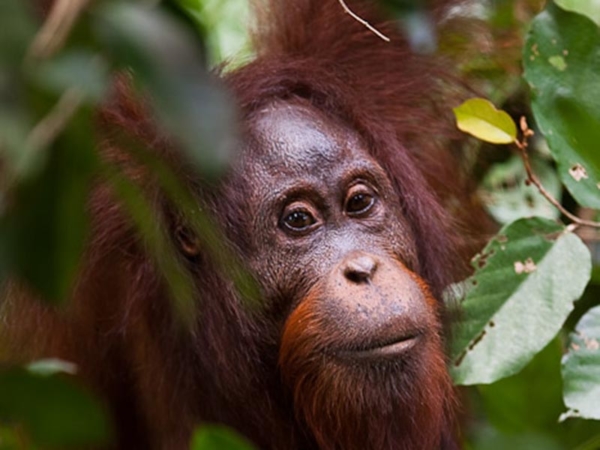
The Asian Species Action Partnership (ASAP) was formed because of the broad lack of engagement and action to save the most threatened vertebrate species in Southeast Asia. ASAP is an alliance of conservation organisations, established by the IUCN Species Survival Commission, with the aim of focusing emergency conservation attention on those land and freshwater vertebrate species most in danger of extinction in Southeast Asia.
Providing development opportunities to local partners and conservation leaders.
We support direct capacity building of key partner organisations in Southeast Asia. This includes targeted training and workshops, but also linking our partners with professional capacity building and mentoring organisations, with a particular focus on building conservation leadership.
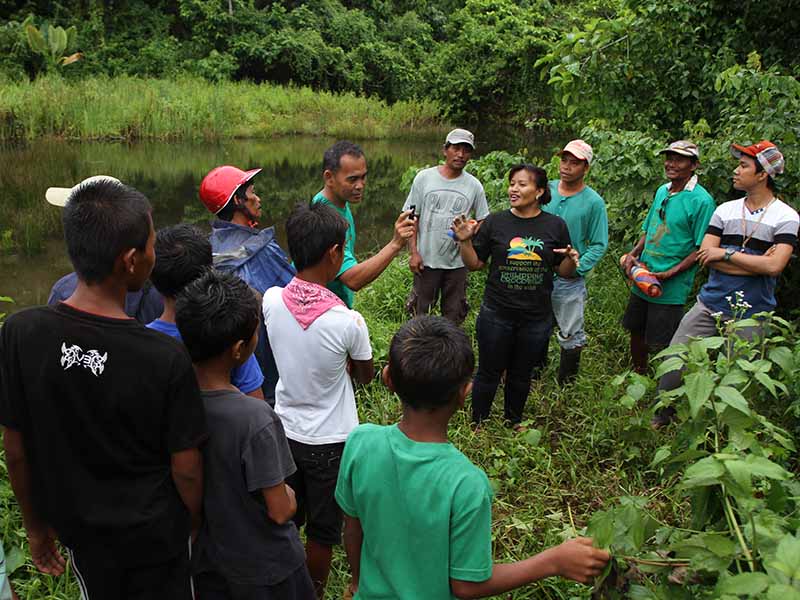
Helping to establish, where necessary, new organisations or grow existing initiatives to help fill capacity gaps around priority species.
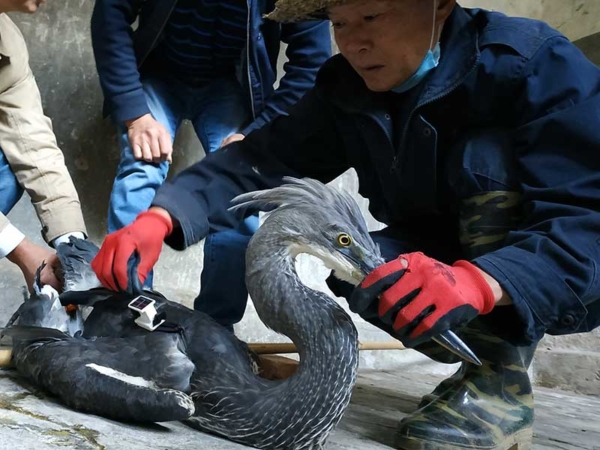
Where there is no local focus to address critical issues we catalyse the formation of new organisations. Our key step would be identifying driven and committed local individuals keen to learn and take on leadership roles. It would also involve galvanising current research and expertise through Synchronicity Earth’s network of contacts, in order to agree priority actions for a species. Synchronicity Earth has already done this with the White-bellied Heron Working Group.
* Images (L to R): Hutan; Merlijn van Weerd; Han Lianxian
“The White-bellied Heron is a species classified as Critically Endangered on the IUCN Red List: there are believed to be just 50-250 mature individuals of this species left in the world. As with most species with such small populations, we know very little about them and how they live.”
Anna Heath, Programme and Partner Manager, Synchronicity Earth
Profile: The White-bellied Heron Working Group
The White-bellied Heron is one of the world’s most threatened vertebrate species, with as few as 60 known individuals left in the wild. Synchronicity Earth acts as the fiscal sponsor for the IUCN White-bellied Heron Working Group, gives in-kind support with staff time, provides the International Coordinator for the Working Group, and raises funds to carry out essential components of the species conservation strategy. The Coordinator supports people working in the field in a mentorship role, helping to develop the capacity of individuals and organisations working to conserve the species, as well as to improve information-sharing and cross-range support.
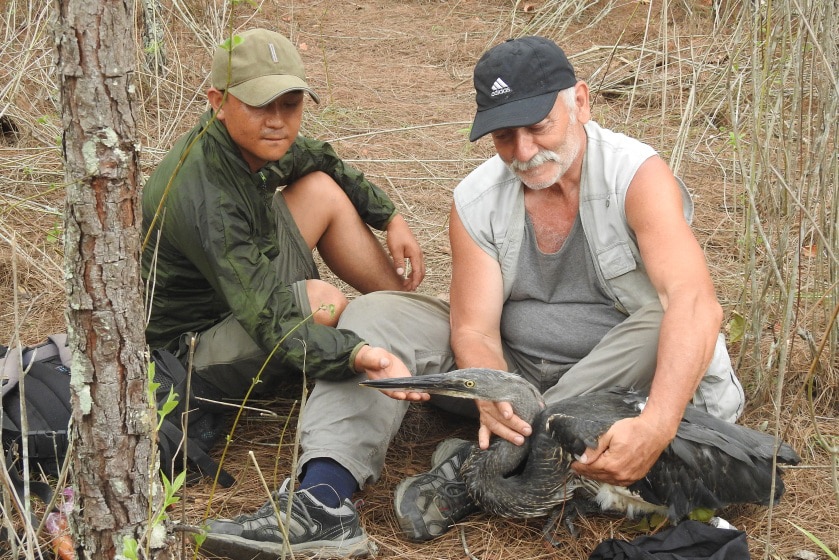
Image © Lubomir Peske
Despite being the world’s most endangered heron, until 2014, there was no strategic plan to protect this species. In that year, Synchronicity Earth co-hosted and funded a species conservation planning workshop in India, leading to the creation of the first official conservation strategy for the species and the IUCN SSC White-bellied Heron Working Group. The aim of this group is to ensure an active and strategic approach to conserving Earth’s second largest heron.
The most recent workshop brought together a small group of people who have experience of seeing or studying White-bellied Heron in the wild to carry out a kind of ‘analogue modelling’. There are vast swathes of potential habitat covering over 250,000 square kilometres across Bhutan, China, India and Myanmar that could be home to the species. The modelling involved close examination of satellite imagery and extraction of knowledge from everyone in the room about any possible habitat preference detail.
The photo here of the White-bellied Heron was from a tiger camera trap in the Tawa river, Northeast India. This location was inside the top priority sites identified by the mapping workshop which took place just weeks earlier!
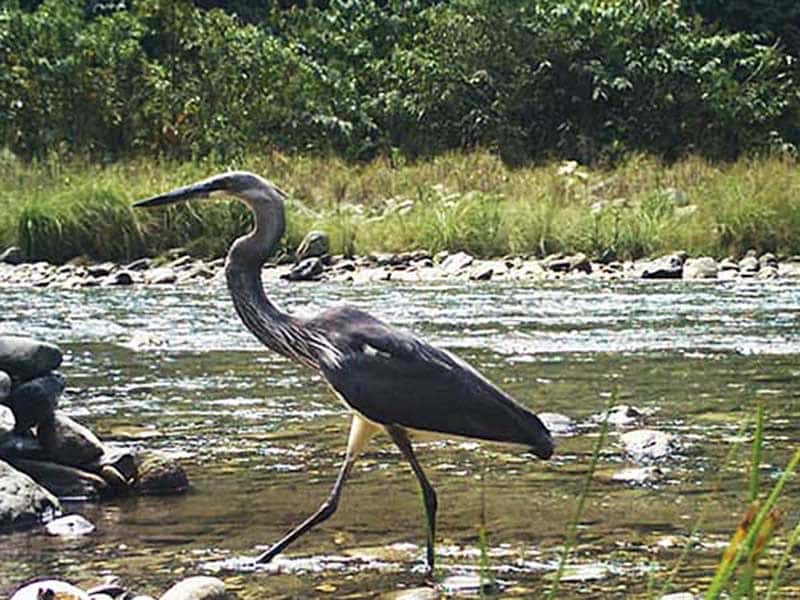
Image © Kamlang Tiger Reserve
Without the dedication of our friends, the White-bellied Heron may have become just another species slipping, unnoticed, into extinction.
“Averting species extinctions is now widely recognised as an important component to maintaining effective ecosystem function and human well-being. The need for focused and determined action to avoid species extinctions in Southeast Asia has never been more urgent than it is now.”
Asian Species Action Partnership (ASAP)
Our Asian Species Programme
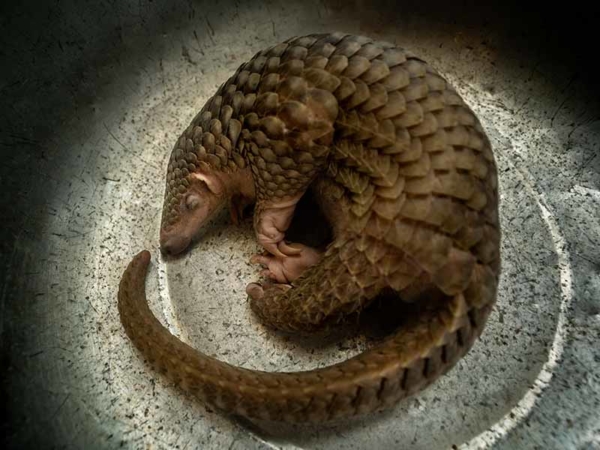
Protecting Species
Providing direct support for species conservation, in particular in Indonesia, the Philippines and Vietnam.
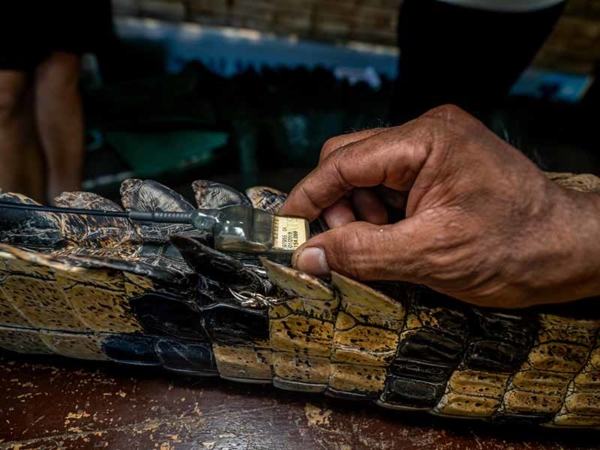
Advancing Knowledge
Increasing and improving knowledge and research on species across Southeast Asia.
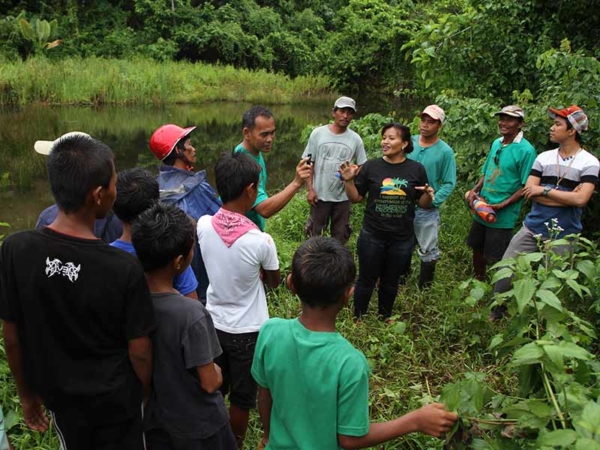
Building Capacity
Building species conservation capacity with selected partner organisations across Southeast Asia.
